Sendai Station: Shinkansen, Map, Lockers & Restaurants
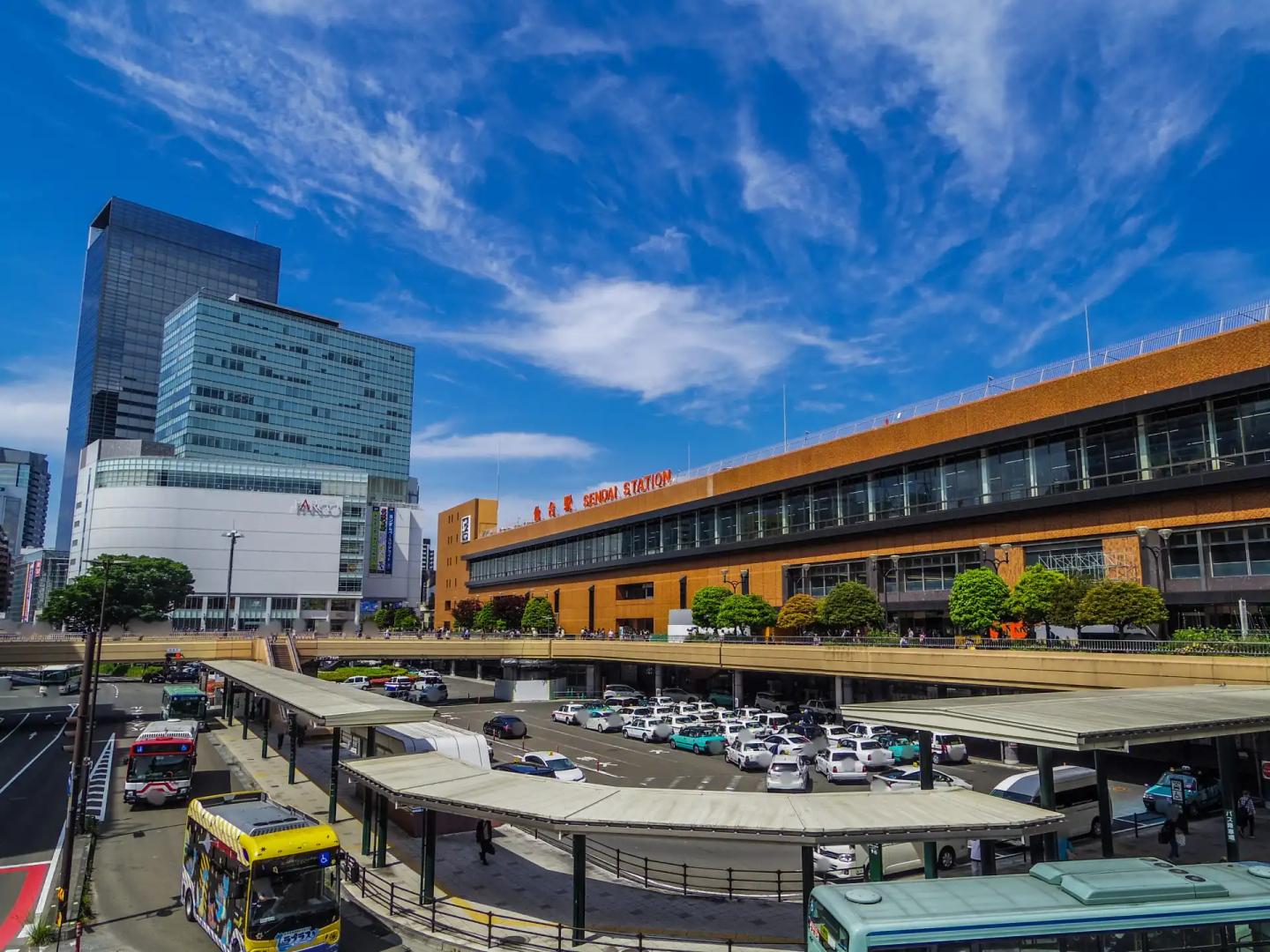
Sendai Station is the largest transportation hub in Japan’s Tohoku region, connecting high-speed Shinkansen trains with local JR lines, subways, and buses. Conveniently located in central Sendai City, it serves as the perfect starting point for exploring northern Japan.
Whether you’re coming from Tokyo, visiting scenic Matsushima, or heading to Akiu Onsen, Sendai Station has everything you need — clear signs, smooth transfers, lockers, and plenty of dining and shopping options. This guide helps you navigate the station, buy tickets, and enjoy local food with ease.
Overview of Sendai Station
Key facts and location
Sendai Station opened in 1887 and serves millions of travelers each year. The current building was completed in 1987 and rebuilt after the 2011 earthquake. It sits in central Sendai City, Miyagi Prefecture, making it easy to access from anywhere in the region.
JR East operates most train services here. The station also connects to Sendai City Subway lines, creating a complete transportation network for both long-distance and local travel.
Why Sendai Station matters to travelers

Sendai Station is the gateway to Tohoku. Many travelers stop here when going from Tokyo to northern Japan or Hokkaido. The station offers easy access to popular destinations like Matsushima Bay, Akiu Onsen, and Aoba Castle. It balances modern convenience with regional charm.
The atmosphere is welcoming and relaxed. English signs help international visitors navigate smoothly, making it easy to find platforms, ticket counters, and facilities.
Shinkansen at Sendai Station
Train types (Hayabusa, Yamabiko, Komachi transfer)
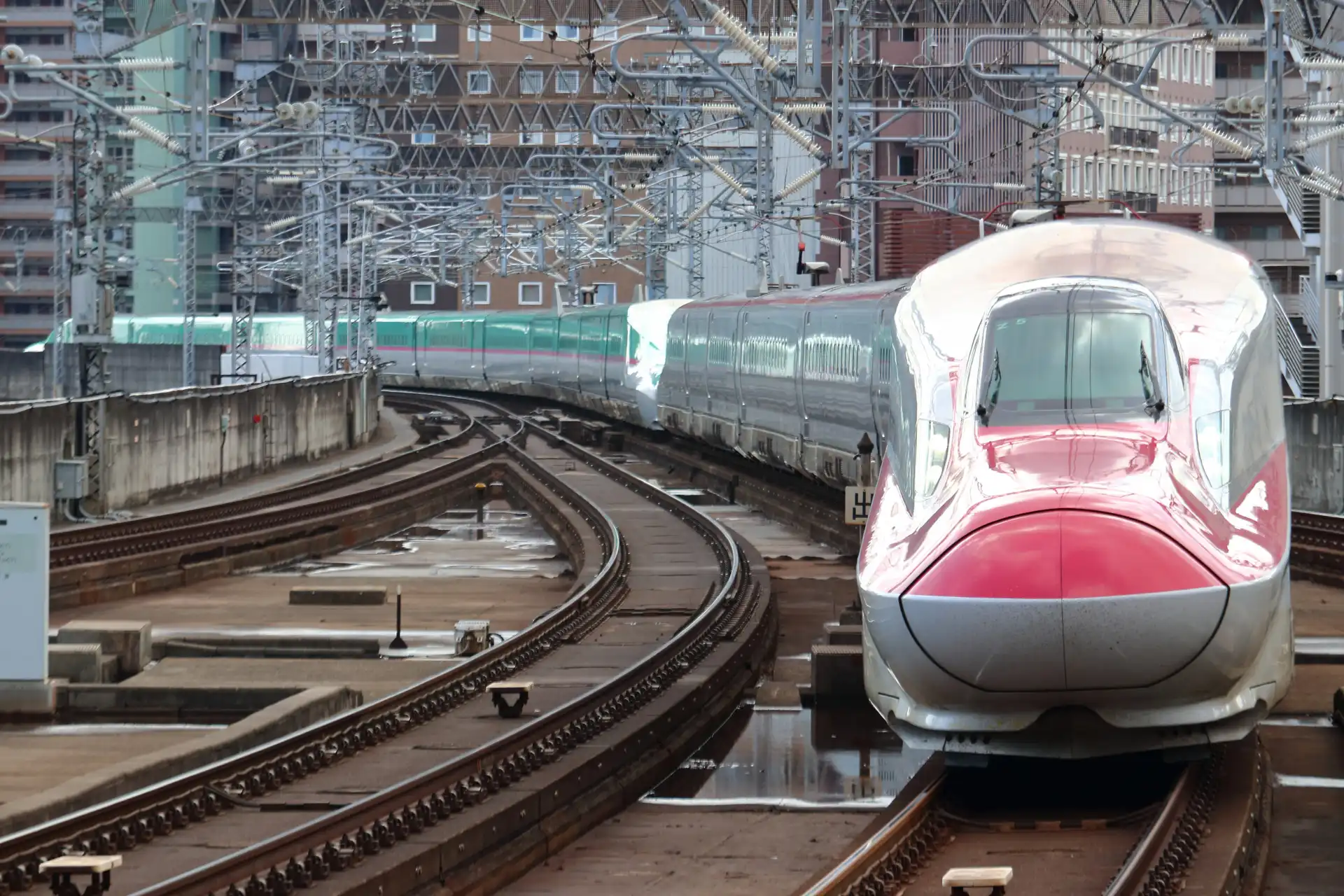
Three main Shinkansen train types on the Tohoku Shinkansen line stop at Sendai Station:
- Hayabusa: The fastest option between Tokyo and Sendai. Travel time is around 90 minutes.
- Yamabiko: A slower service with more stops. It takes about 2 hours from Tokyo.
- Komachi: Runs from Morioka to Akita and connects with Hayabusa trains at Morioka. Komachi trains do not serve Sendai directly.
Check your ticket to see which train type you are taking. Hayabusa is best for speed, while Yamabiko offers more flexibility.
Platforms and Train Directions

Sendai Station has four Shinkansen platforms:
- Platforms 11 and 12: Northbound trains (Tohoku and Akita Shinkansen heading toward Morioka, Shin-Aomori, and Akita)
- Platforms 13 and 14: Southbound trains (heading toward Tokyo)
Digital display boards show train times, platform numbers, and destinations in both Japanese and English.
How to Buy Shinkansen Tickets
Online Booking Service
For the easiest booking experience, use Japan Bullet Train. This service is designed for foreign travelers and residents. You can reserve tickets online in multiple languages before you arrive at the station. After booking, you receive a QR code by email. Take this QR code to a ticket machine or JR office at Sendai Station to exchange it for a paper ticket.
Japan Bullet Train offers customer support by phone in several languages. This is helpful if you have questions during your trip. The service covers many Shinkansen routes and some local train connections, making it easy to plan multi-leg journeys.
Booking online helps you avoid long lines at the station, especially during busy travel seasons. You can plan your journey in advance and arrive at the station ready to travel.

Using the JR Pass and ticket machines
If you have a JR Pass, you can use it to ride most Shinkansen trains at Sendai Station. Note that some trains like the Hayabusa require a reserved seat, even with a JR Pass. Visit the JR ticket office (Midori-no-madoguchi) to make your seat reservation.
Ticket machines are also available at the station if you prefer to purchase tickets on arrival. Many machines offer an English menu. You can buy unreserved or reserved seat tickets using credit cards or cash. However, ticket counters can be crowded during peak hours. Booking online before your trip saves time and ensures seat availability.
Getting to and from Sendai Station
Tokyo–Sendai route overview
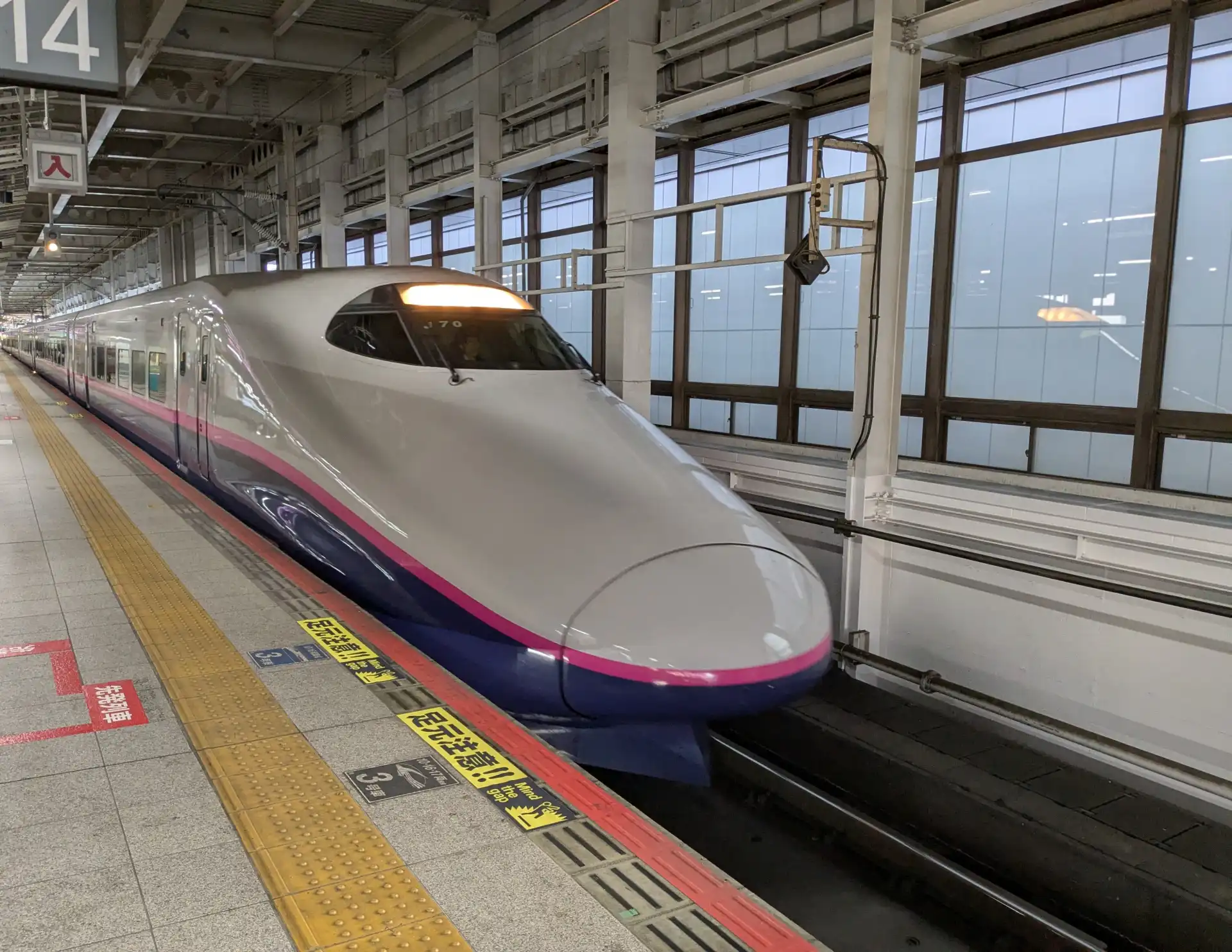
The Tokyo to Sendai Shinkansen is one of Japan's most popular routes.
Hayabusa trains take about 90 minutes, while Yamabiko trains take around 2 hours. Trains depart frequently throughout the day, usually every 10 to 20 minutes during peak hours.
Prices vary by train type and seat class. Hayabusa tickets cost slightly more due to faster speeds.
Access to Sendai Airport
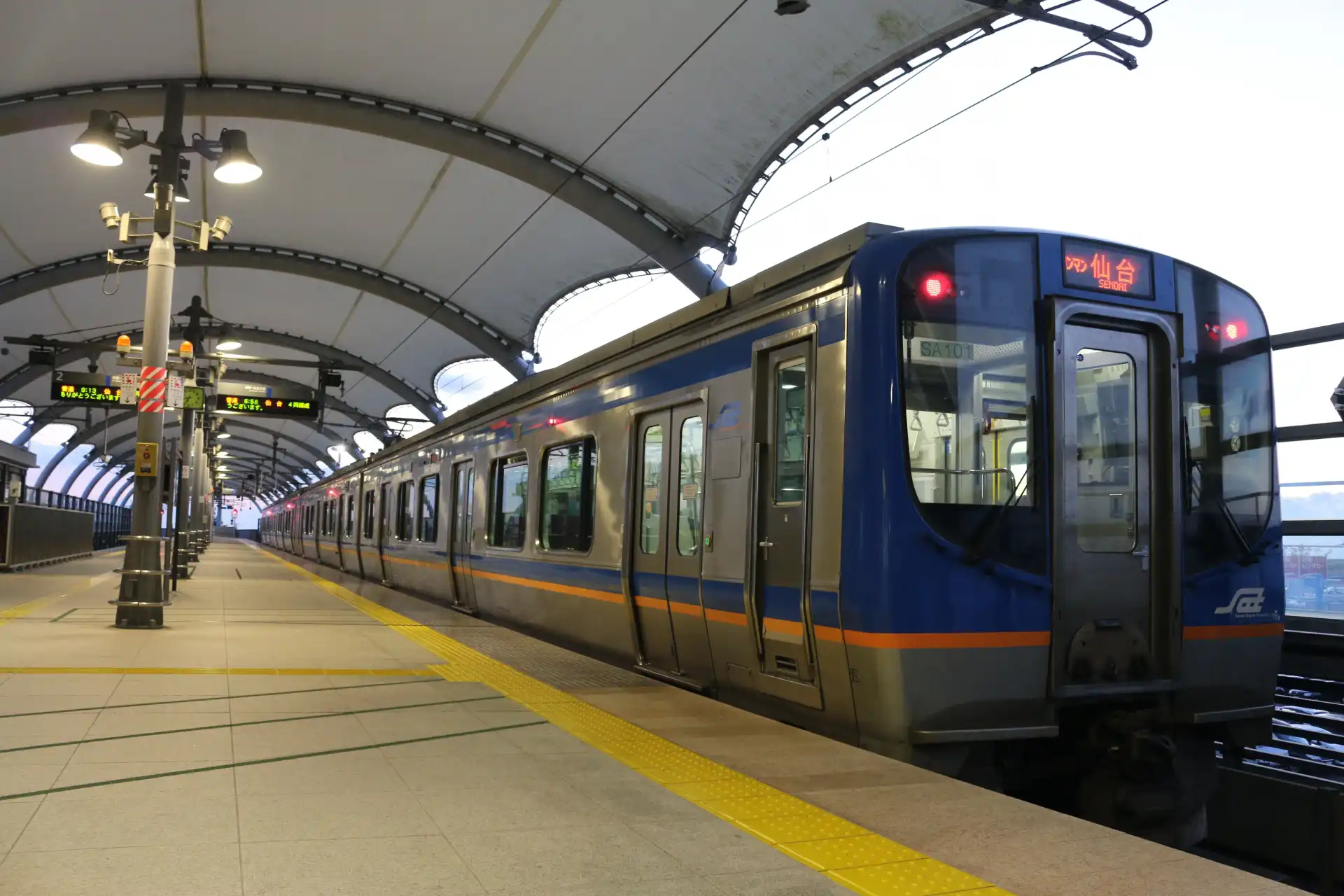
JR and Sendai Airport Access Line connect the station directly to Sendai Airport. The train ride takes about 17 minutes (up to 27 minutes depending on service). Trains run every 20 to 30 minutes during the day.
To reach the airport, exit the Shinkansen area and go to the local train platforms. Look for signs pointing to "Sendai Airport Line." The platform is easy to find, and announcements are in Japanese and English. This is the fastest and most convenient way to reach the airport from central Sendai.
Lines and services available
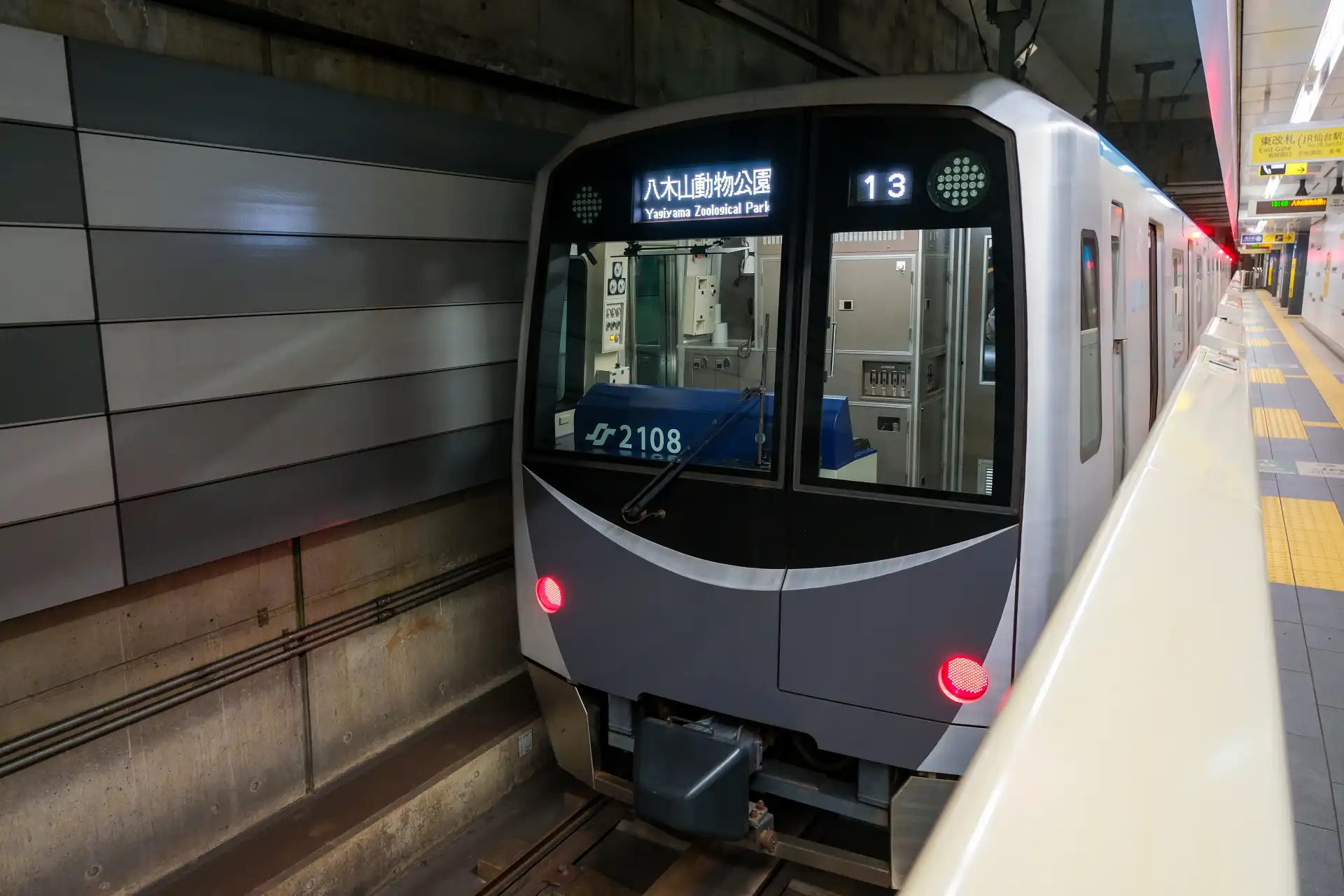
Sendai Station serves several important train lines:
- Tohoku Shinkansen: Connects Tokyo, Sendai, Morioka, and Shin-Aomori
- Akita Shinkansen: Runs to Akita (splits from the Tohoku Shinkansen at Morioka)
- Local JR lines:
- Tohoku Main Line: Connects Sendai with Fukushima and Ichinoseki
- Joban Line: Runs from Sendai toward Soma and Iwaki
- Senzan Line: Local line to Yamagata
- Senseki Line: Reaches Matsushima and coastal areas such as Ishinomaki
- Sendai Airport Access Line: Provides direct train service between Sendai Station and Sendai Airport
- Sendai Subway:
- Namboku Line and Tozai Line for city travel within Sendai
The station also has large bus terminals at both the west and east exits, serving airport shuttle buses, intercity coaches, and local routes.
Station Map and Navigation
Station Map at Sendai Station
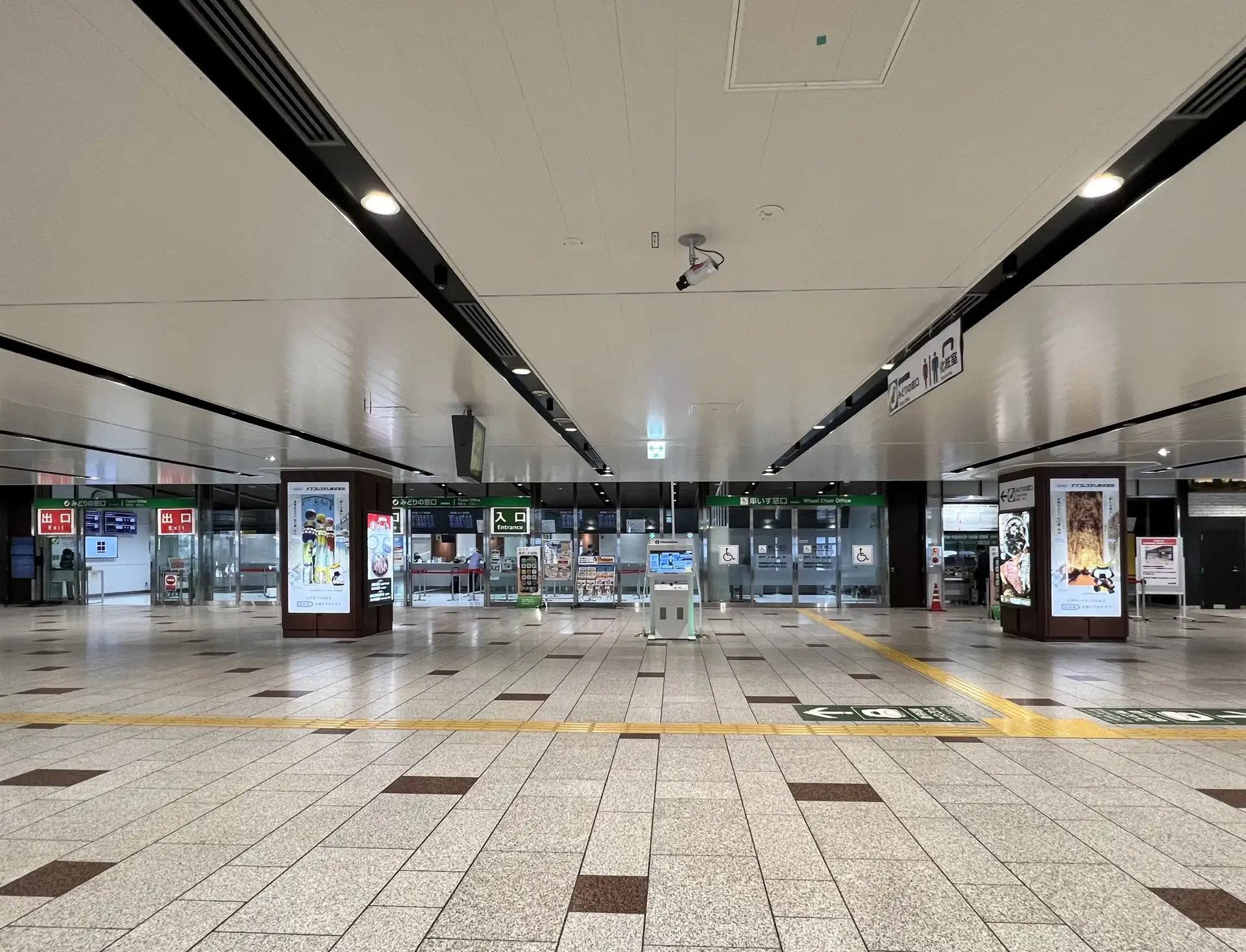
Sendai Station has a simple layout. The main concourse is on the second floor, where you will find ticket gates, shops, and restaurants. The Shinkansen gates are on the third floor. Local train platforms are on the first floor.
Key areas to know:
- West Exit: Main shopping area, S-PAL mall, and Gyutan Street
- East Exit: Residential areas and some hotels
- Shinkansen Central Gate: Third floor, near shops and restaurants
- Local Train Platforms: First floor, with clear signage
● See More: Guide Maps for Major Stations (Sendai Station) by JR-EAST
Coin Lockers and Luggage Storage at Sendai Station

Sendai Station offers many coin lockers in convenient locations throughout the station. You can find them near both the West Exit and East Exit, as well as close to the Shinkansen Central Gate on the third floor.
Main locker locations:
- West Exit (Main Concourse, 2F): Near the central ticket gates and shopping areas such as S-PAL. This is the busiest locker area, ideal for travelers arriving from long-distance trains.
- Shinkansen Central Gate area (3F): Located near “Gyutan Street” and “Sushi Street.” Large-size lockers suitable for suitcases are available here.
- East Exit (2F Free Passage): Along the passage leading toward the bus terminal and hotels on the east side. These lockers are usually less crowded.
- Inside the local train area (1F): A few lockers are located near the Senzan and Senseki Line platforms for short-term use or transfers.
- Sendai Airport Access Line platform (1F): Lockers are available near the platform entrance for travelers heading to the airport.
Most lockers accept both coins and IC cards such as Suica or Pasmo. During busy seasons, lockers may fill up quickly—if that happens, visit the Tourist Information Desk near the West Exit for guidance on luggage storage. Some nearby hotels also provide temporary baggage holding for a small fee.
Restaurants and Shopping at Sendai Station
Dining at Sendai Station
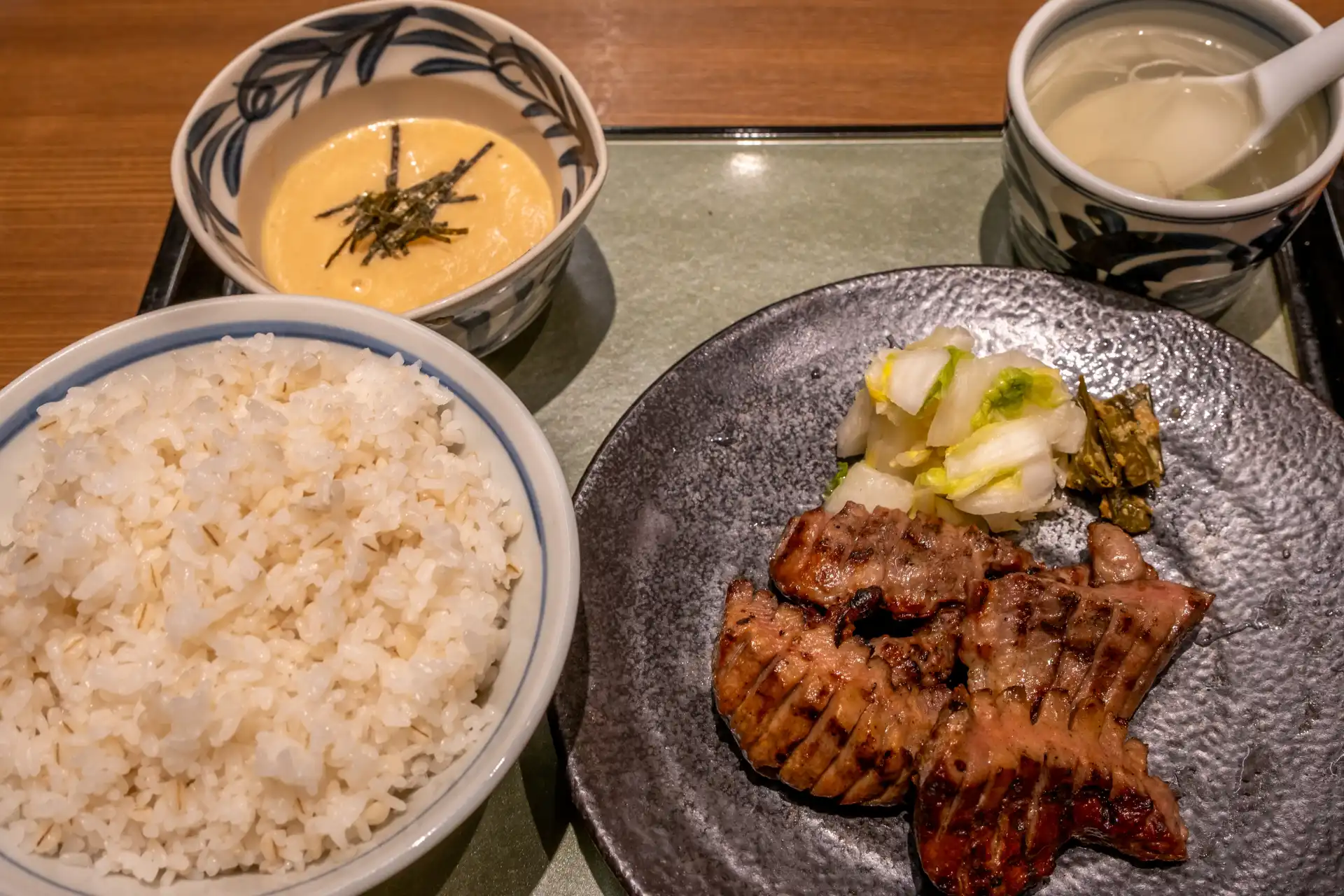
Sendai Station is known for its wide variety of local food, especially gyūtan (grilled beef tongue), one of the city’s most famous specialties.
Popular local dishes and food spots include:
- Gyūtan Street – Restaurants specializing in grilled beef tongue.
- Zunda mochi – Sweet rice cakes topped with edamame paste.
- Sasa kamaboko – Bamboo-leaf-shaped fish cakes, lightly grilled and savory.
- Sendai-style ramen – Miso-based broth with local toppings.
About Gyūtan Street
Located on the third floor near the Shinkansen Central Gate, Gyūtan Street features several renowned restaurants offering gyūtan set meals. A typical meal includes grilled beef tongue, barley rice, oxtail soup, and pickles. Each restaurant has its own seasoning and grilling style, so it’s worth trying more than one if time allows. Most restaurants display picture menus, making it easy for international travelers to order.
About Zunda mochi
Zunda Saryo, located near the station concourse, is a well-known shop selling zunda-flavored sweets, shakes, and mochi. This green-colored treat is made from edamame and has a slightly sweet, nutty taste.
S-PAL Dining Floor
In addition to Gyūtan Street, you can also find a variety of restaurants and cafés inside S-PAL Sendai, the station’s main shopping complex. Its basement dining floor features both Japanese and Western-style restaurants, casual cafés, and dessert shops — perfect for travelers who want a wider range of options.
Where to Find Quick Meals and Snacks
If you’re short on time, convenience stores are located near the ticket gates. They offer bento boxes, sandwiches, drinks, and travel essentials like phone chargers and umbrellas.
For something more local, pick up an ekiben (station bento box) before boarding your train. These boxed meals feature regional ingredients and are perfect for enjoying on the Shinkansen.
Shopping at Sendai Station
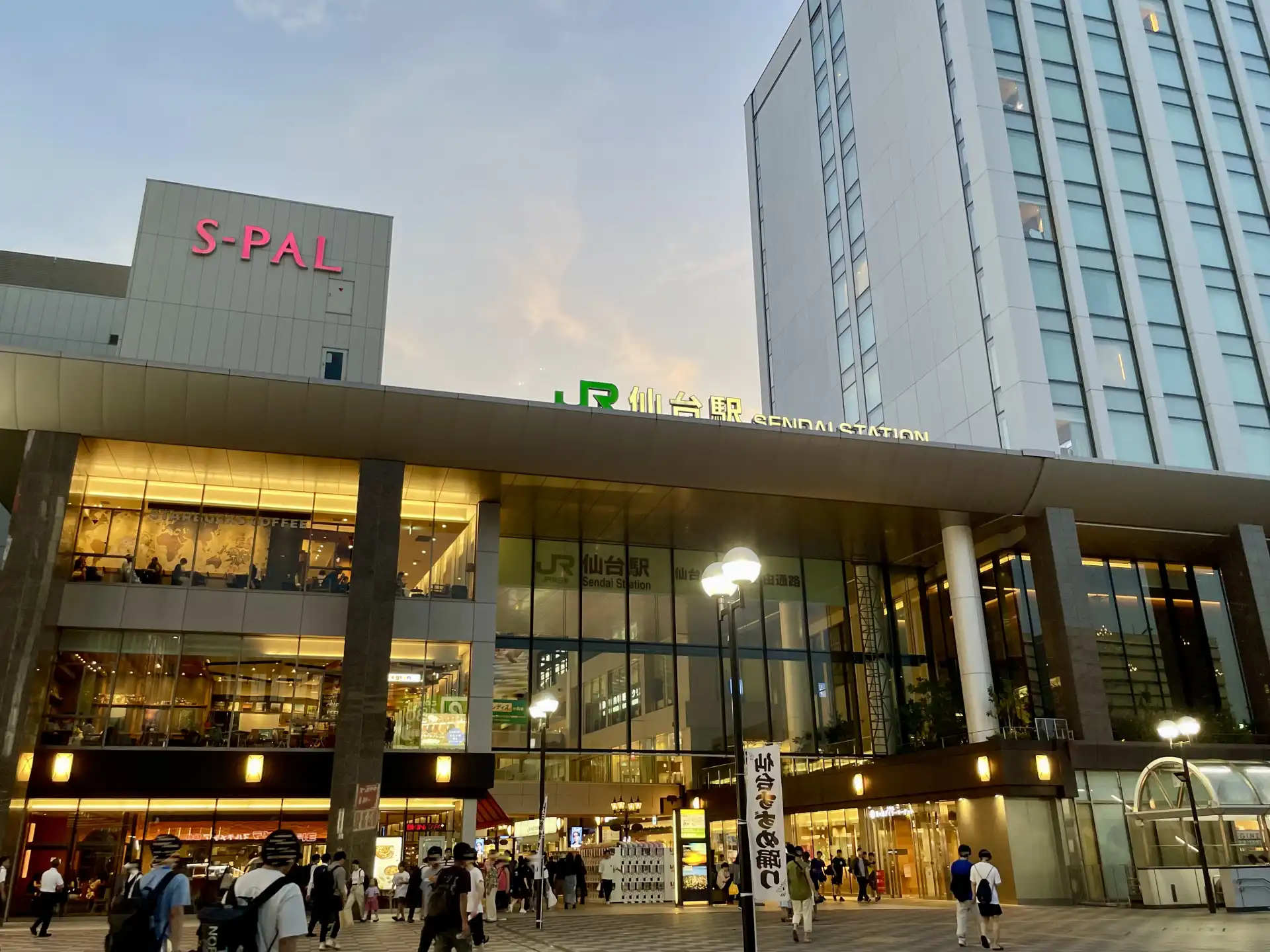
S-PAL Sendai, directly connected to the station, is one of the city’s largest shopping complexes. The mall includes clothing stores, bookshops, cosmetics, and electronics, as well as a basement food floor featuring sweets and souvenirs.
If you’re looking for local gifts, check the specialty food section inside S-PAL for Sendai-made treats such as zunda sweets, sasa kamaboko, and Kokeshi dolls.
If you have extra time, explore the nearby Aoba-dori shopping arcades, covered pedestrian streets filled with local boutiques, cafes, and souvenir shops — ideal for a relaxed stroll before your train.
Day Trips and Attractions from Sendai Station
Matsushima (Scenic Bay and Boat Tours)
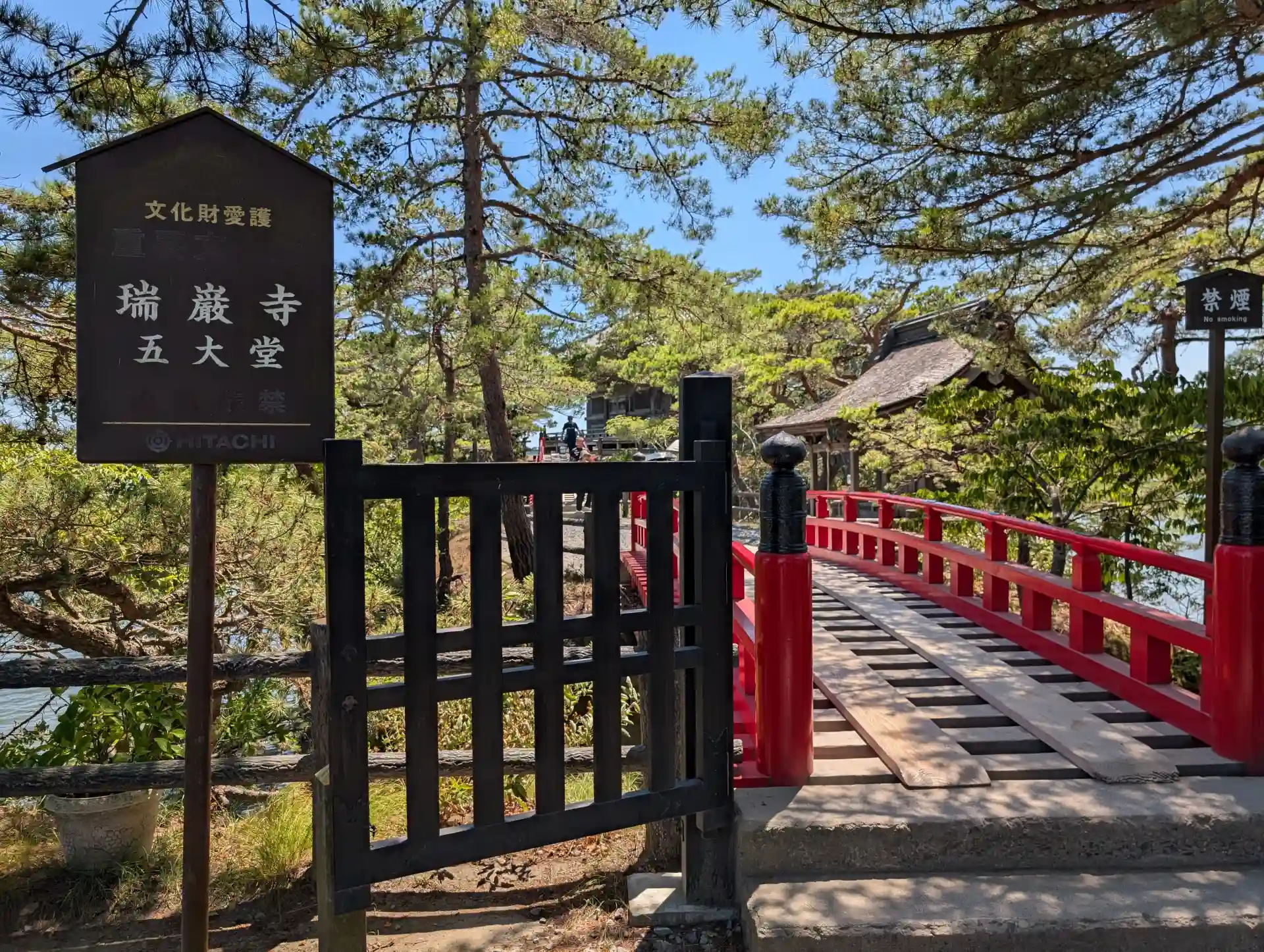
Matsushima is one of Japan's three most scenic views, featuring over 260 pine-covered islands. Take the Senseki Line from Sendai Station to Matsushima-Kaigan Station (about 25 minutes). Enjoy boat tours, visit Zuiganji Temple and Godaido Hall, and try fresh grilled oysters.
Akiu Onsen
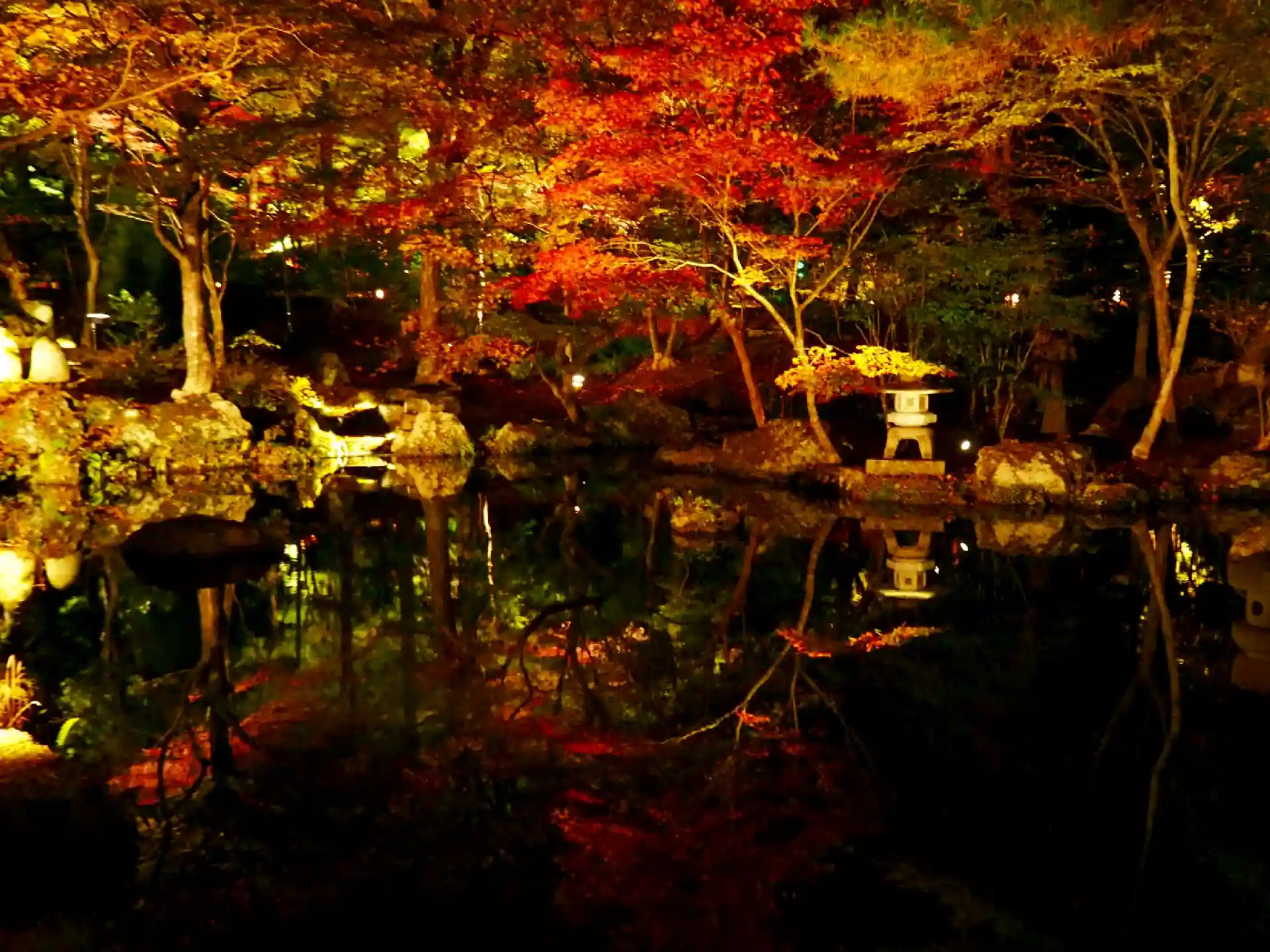
Akiu Onsen is a traditional hot spring resort about 30 minutes by bus from the West Exit. Experience authentic Japanese onsen culture at traditional ryokan inns. Many welcome day-trip visitors. The area also features Akiu Great Falls, a famous waterfall.
Aoba Castle

Aoba Castle was built by samurai lord Date Masamune in 1600. The ruins offer excellent city views and feature a bronze statue of Date Masamune, a popular photo spot. Take the Loople Sendai bus from the West Exit (about 20 minutes).
Loople Sendai
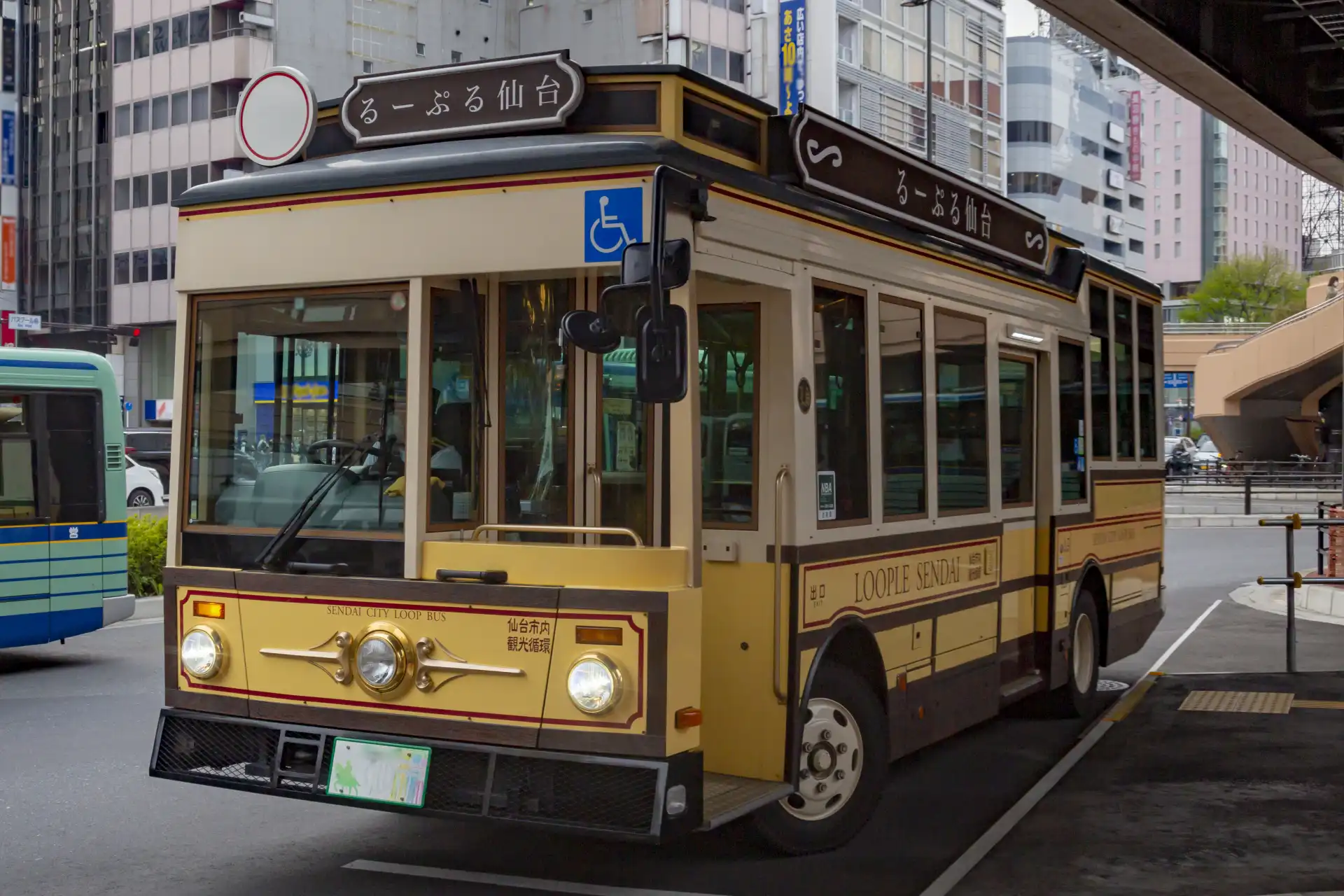
Loople Sendai is a sightseeing bus connecting major attractions from Sendai Station's West Exit. A one-day pass offers unlimited rides to Aoba Castle, Zuihoden, Osaki Hachimangu Shrine, and other sites. Announcements are available in English.
Seasonal events and Tanabata Festival
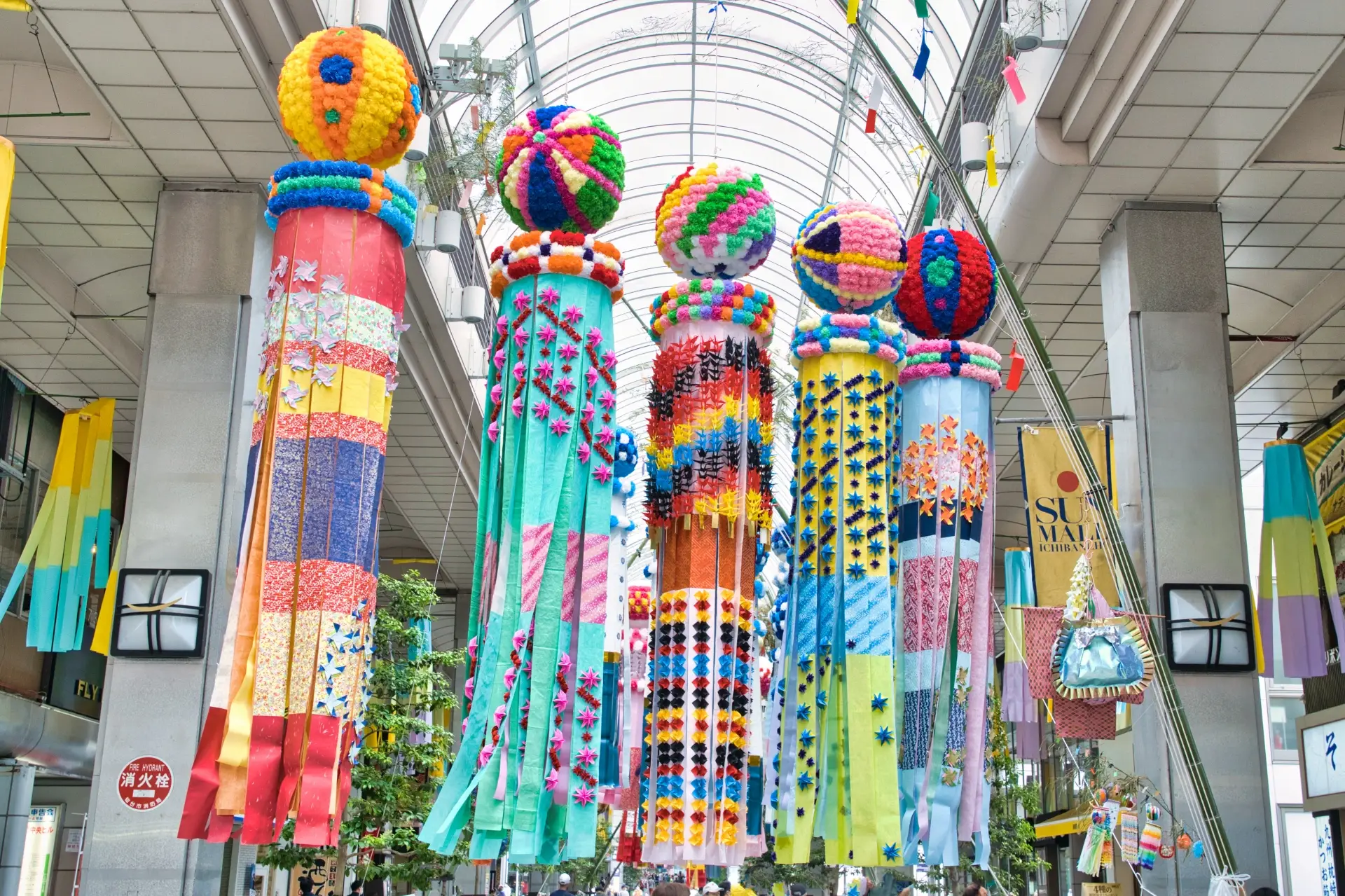
Sendai hosts the famous Tanabata Festival every August with massive paper and bamboo decorations downtown. Other highlights include spring cherry blossoms along the Hirose River, autumn foliage in nearby mountains, and winter illuminations from December through February.
Plan Your Visit
Sendai Station is more than just a transit point — it’s a comfortable gateway where modern convenience meets the local warmth of Tohoku. Whether you are catching a Shinkansen, exploring Matsushima, or tasting local specialties like gyūtan and zunda mochi, the station offers everything you need for a smooth and enjoyable trip.
If you plan to continue your journey by Shinkansen, booking tickets in advance through Japan Bullet Train makes your journey even smoother. You can reserve online, receive your QR code by email, and exchange it for a paper ticket at Sendai Station — a convenient option for international travelers.
Sendai Station ensures your Tohoku journey begins — or ends — with comfort and warmth.

